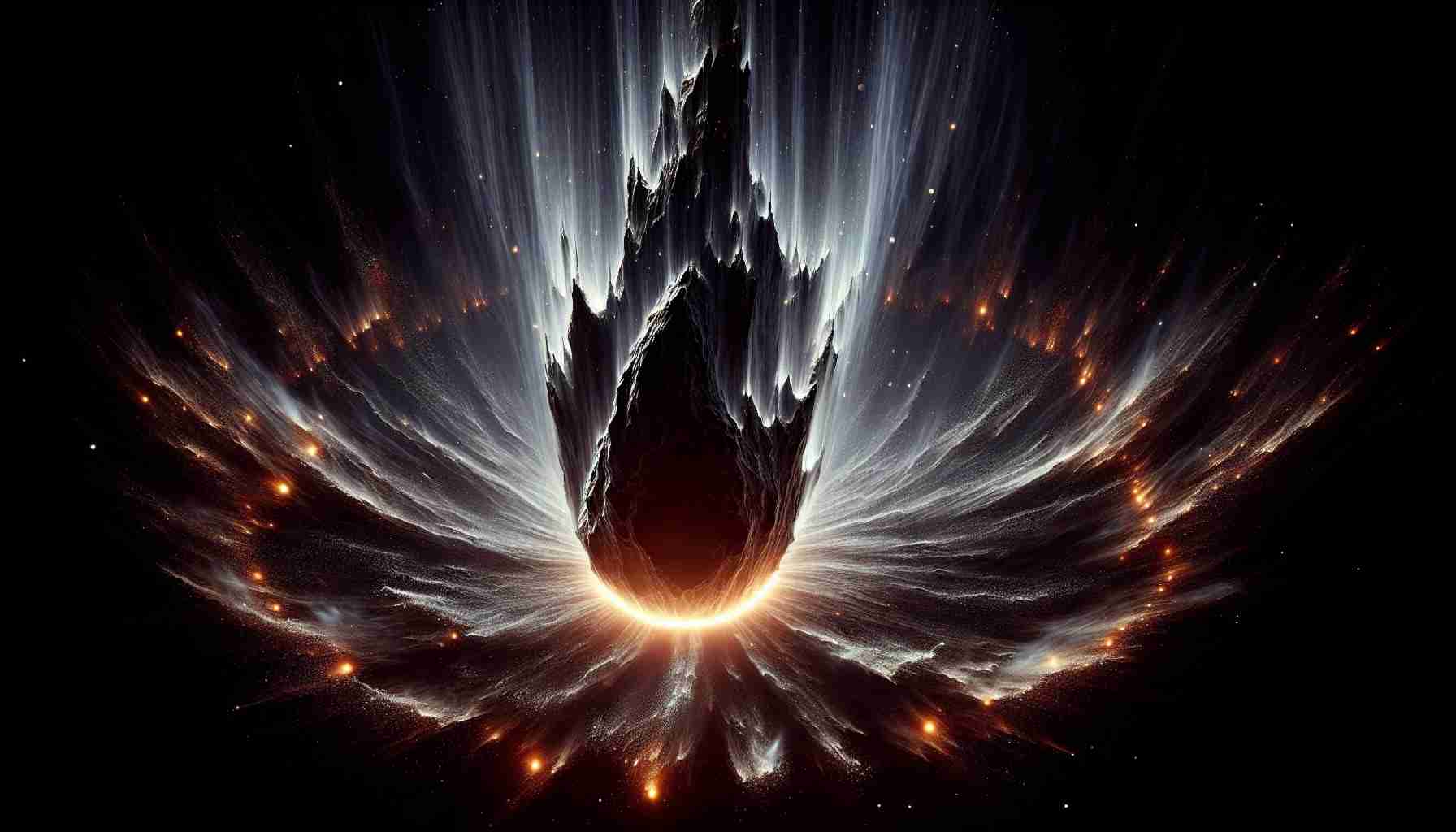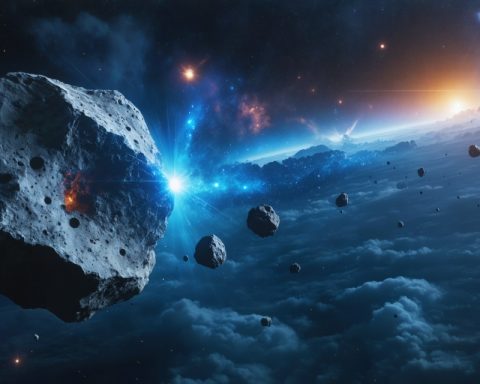NASA Unveils Surprising Insights into Dark Comets
In an exciting revelation, NASA has expanded our understanding of celestial bodies with the identification of seven new dark comets, bringing the total to an astounding 14. These intriguing entities display characteristics akin to asteroids while exhibiting classic comet behavior, highlighting a previously overlooked aspect of our solar system’s inhabitants.
The term “dark comets” originated from the unexplainable orbital shifts observed in an asteroid-like object named 2003 RM. Researchers realized that such disturbances often indicate outgassing, which typically generates a visible trail of debris, similar to traditional comets. Notably, 2003 RM lacked a visible tail, prompting further exploration.
Following the groundbreaking detection of ‘Oumuamua, the first interstellar object recorded in our solar system, interest in dark comets surged. The distinct behavior found in both ‘Oumuamua and 2003 RM encouraged scientists to investigate these curious objects further.
With the recent findings, experts categorized dark comets into two distinct groups based on size and location. The outer dark comets share similar features with known Jupiter-family comets, while their inner counterparts typically reside closer to the sun.
These discoveries could reshape our perception of dark comets, especially regarding their potential to harbor vital materials that may have contributed to life’s emergence on Earth. As researchers delve deeper, the mystery surrounding these enigmatic celestial bodies continues to unfold.
Unlocking the Mysteries of Dark Comets: NASA’s Groundbreaking Discoveries
NASA Illuminates the Dark Comet Phenomenon
NASA’s revelation of seven new dark comets, increasing the total count to 14, signals a transformative moment in our understanding of celestial mechanics and the nature of our solar system. This discovery not only enriches the existing knowledge bank but also raises fundamental questions about the origins and characteristics of these elusive objects.
What Are Dark Comets?
Dark comets are an intriguing class of celestial bodies that share traits with asteroids but exhibit behaviors traditionally associated with comets. Specifically, they can undergo outgassing, a process that typically results in a bright tail of debris, yet these entities often lack visibility in the spectrum of traditional comet detection, leading to their classification as “dark.”
Group Categorization of Dark Comets
Recent studies have categorized dark comets into two primary groups based on their size and proximity to the sun:
1. Outer Dark Comets: These darker entities share similar characteristics with the well-known Jupiter-family comets. Their orbits suggest they reside in the deeper reaches of our solar system.
2. Inner Dark Comets: These comets are typically found closer to the sun and may display different evolutionary traits compared to their outer counterparts.
Implications for Astrobiology
The potential implications of dark comets extend beyond mere classification. There is growing interest in the idea that these celestial bodies may contain essential materials, such as water and organic compounds, critical to understanding the origins of life on Earth. This connection between dark comets and astrobiology could provide insights into how life may have been seeded on our planet.
Future Research Directions
The discoveries surrounding dark comets could lead to innovative research pathways:
– In-depth studies using advanced telescopic technology to monitor outgassing activity and brightness fluctuations.
– Sample return missions could be proposed to analyze the chemical composition of dark comets up close.
– Collaboration with international space agencies to enhance observational data, thus painting a more comprehensive picture of these objects’ roles in our solar system.
Current Trends in Comet Research
As interest in dark comets grows, so does the implementation of cutting-edge technology in observational astronomy. The advent of new telescopes and satellites, equipped to detect faint celestial phenomena, promises to enhance our understanding significantly.
Limitations and Challenges
Despite the excitement, the study of dark comets does come with limitations:
– Visibility issues: Their inherent darkness may hinder detection and classification efforts.
– Orbital uncertainties: The erratic orbits of dark comets can complicate predictions about their paths and potential encounters with Earth.
Conclusion
NASA’s newfound insights into dark comets open up a realm of possibilities that challenge existing paradigms about the composition and behaviors of celestial bodies in our solar system. With continued exploration and study, dark comets might soon reveal some of the universe’s most profound secrets. For those interested in astrobiology and the origins of life, keeping a close watch on advancements in dark comet research is essential.
For more information, visit NASA’s official website.


















